
Burberry Group PLC
LSE:BRBY

Profitability Summary
Burberry Group PLC's profitability score is hidden . We take all the information about a company's profitability (such as its margins, capital efficiency, free cash flow generating ability, and more) and consolidate it into one single number - the profitability score. The higher the profitability score, the more profitable the company is.
Profitability Score
We take all the information about a company's profitability (such as its margins, capital efficiency, free cash flow generating ability, and more) and consolidate it into one single number - the profitability score. The higher the profitability score, the more profitable the company is.
We take all the information about a company's profitability (such as its margins, capital efficiency, free cash flow generating ability, and more) and consolidate it into one single number - the profitability score. The higher the profitability score, the more profitable the company is.
Profitability Score
Margins
Profit margins represent what percentage of sales has turned into profits. Simply put, the percentage figure indicates how many cents of profit the company has generated for each dollar of sale.
Profit margins help investors assess if a company's management is generating enough profit from its sales and whether operating costs and overhead costs are being contained.
Earnings Waterfall
Burberry Group PLC

|
Revenue
|
2.7B
GBP
|
|
Cost of Revenue
|
-935m
GBP
|
|
Gross Profit
|
1.7B
GBP
|
|
Operating Expenses
|
-1.6B
GBP
|
|
Operating Income
|
154m
GBP
|
|
Other Expenses
|
-116m
GBP
|
|
Net Income
|
38m
GBP
|
Margins Comparison
Burberry Group PLC Competitors

| Country | Company | Market Cap |
Gross Margin |
Operating Margin |
Net Margin |
||
|---|---|---|---|---|---|---|---|
| UK |

|
Burberry Group PLC
LSE:BRBY
|
2.3B GBP |
65%
|
6%
|
1%
|
|
| FR |
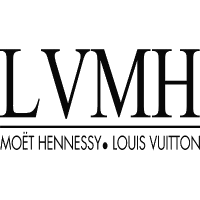
|
LVMH Moet Hennessy Louis Vuitton SE
PAR:MC
|
264.5B EUR |
67%
|
23%
|
15%
|
|
| FR |
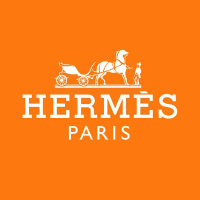
|
Hermes International SCA
PAR:RMS
|
237.4B EUR |
70%
|
41%
|
30%
|
|
| FR |

|
EssilorLuxottica SA
PAR:EL
|
111.1B EUR |
62%
|
13%
|
9%
|
|
| FR |
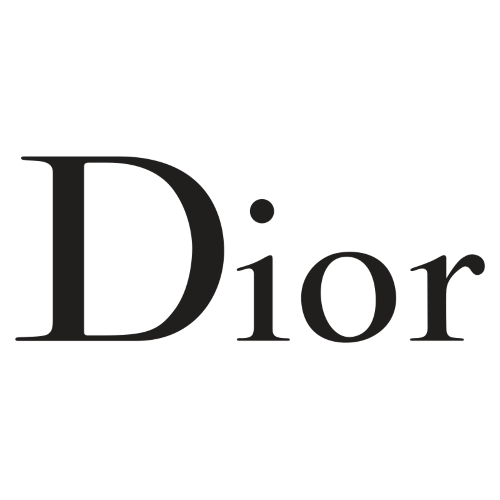
|
Christian Dior SE
PAR:CDI
|
87.4B EUR |
67%
|
22%
|
6%
|
|
| CH |
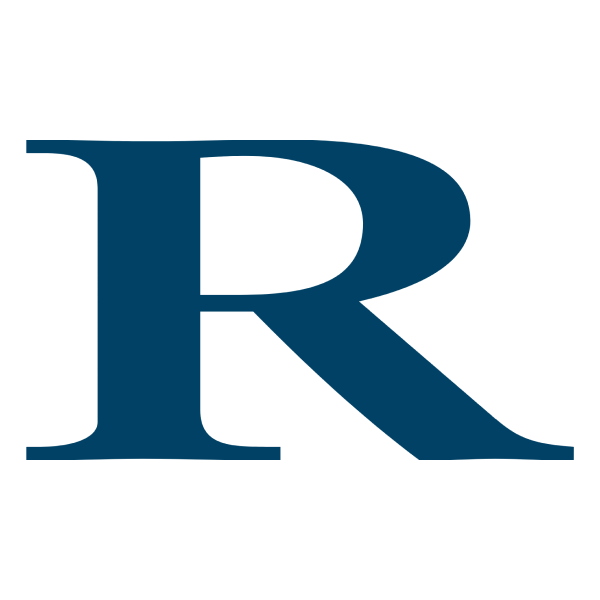
|
Compagnie Financiere Richemont SA
SIX:CFR
|
78.5B CHF |
68%
|
21%
|
6%
|
|
| DE |

|
Adidas AG
XETRA:ADS
|
33.2B EUR |
51%
|
6%
|
3%
|
|
| IN |

|
Titan Company Ltd
NSE:TITAN
|
2.7T INR |
21%
|
8%
|
6%
|
|
| CA |
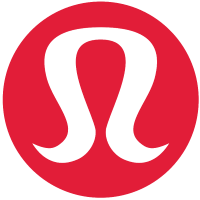
|
Lululemon Athletica Inc
NASDAQ:LULU
|
32.3B USD |
59%
|
24%
|
17%
|
|
| CN |

|
ANTA Sports Products Ltd
HKEX:2020
|
241.6B HKD |
62%
|
23%
|
22%
|
|
| FR |

|
Kering SA
PAR:KER
|
20.6B EUR |
74%
|
14%
|
7%
|
Return on Capital
Return on capital ratios give a sense of how well a company is using its capital (equity, assets, capital employed, etc.) to generate profits (operating income, net income, etc.). In simple words, these ratios show how much income is generated for each dollar of capital invested.


Return on Capital Comparison
Burberry Group PLC Competitors

| Country | Company | Market Cap | ROE | ROA | ROCE | ROIC | ||
|---|---|---|---|---|---|---|---|---|
| UK |

|
Burberry Group PLC
LSE:BRBY
|
2.3B GBP |
3%
|
1%
|
6%
|
3%
|
|
| FR |

|
LVMH Moet Hennessy Louis Vuitton SE
PAR:MC
|
264.5B EUR |
20%
|
9%
|
17%
|
11%
|
|
| FR |

|
Hermes International SCA
PAR:RMS
|
237.4B EUR |
28%
|
21%
|
34%
|
45%
|
|
| FR |

|
EssilorLuxottica SA
PAR:EL
|
111.1B EUR |
6%
|
4%
|
7%
|
4%
|
|
| FR |

|
Christian Dior SE
PAR:CDI
|
87.4B EUR |
23%
|
4%
|
17%
|
11%
|
|
| CH |

|
Compagnie Financiere Richemont SA
SIX:CFR
|
78.5B CHF |
7%
|
3%
|
15%
|
17%
|
|
| DE |

|
Adidas AG
XETRA:ADS
|
33.2B EUR |
15%
|
4%
|
12%
|
7%
|
|
| IN |

|
Titan Company Ltd
NSE:TITAN
|
2.7T INR |
29%
|
9%
|
32%
|
12%
|
|
| CA |

|
Lululemon Athletica Inc
NASDAQ:LULU
|
32.3B USD |
42%
|
25%
|
45%
|
36%
|
|
| CN |

|
ANTA Sports Products Ltd
HKEX:2020
|
241.6B HKD |
29%
|
16%
|
23%
|
22%
|
|
| FR |

|
Kering SA
PAR:KER
|
20.6B EUR |
8%
|
3%
|
7%
|
5%
|
Free Cash Flow
Free cash flow (FCF) is the money a company has left over after paying its operating expenses and capital expenditures. The more free cash flow a company has, the more it can allocate to dividends, paying down debt, and growth opportunities.
If a company has a decreasing free cash flow, that is not necessarily bad if the company is investing in its growth.






















































 You don't have any saved screeners yet
You don't have any saved screeners yet
